Equipment
Should you be using a blade or mallet putter?
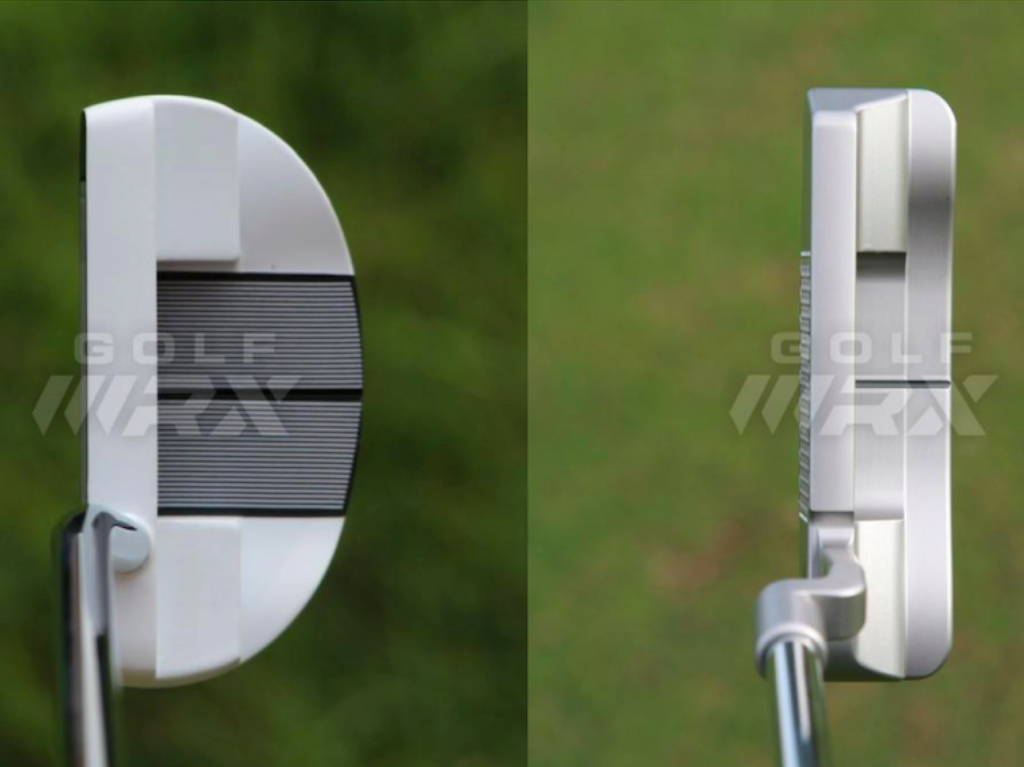
‘Should I use a blade or mallet putter?’ It’s a frequent question, and here we will provide you with our essential guide to help you decide.
Blade vs Mallet: Which style suits you?
As far as golf equipment goes, your putter may be the most critical item in your bag. That’s why it’s crucial to know the key features of both blade and mallet putters and what they are designed to provide so that you can closely identify which style of putter your stroke and game require to help you lower your scores.
Blade Putter
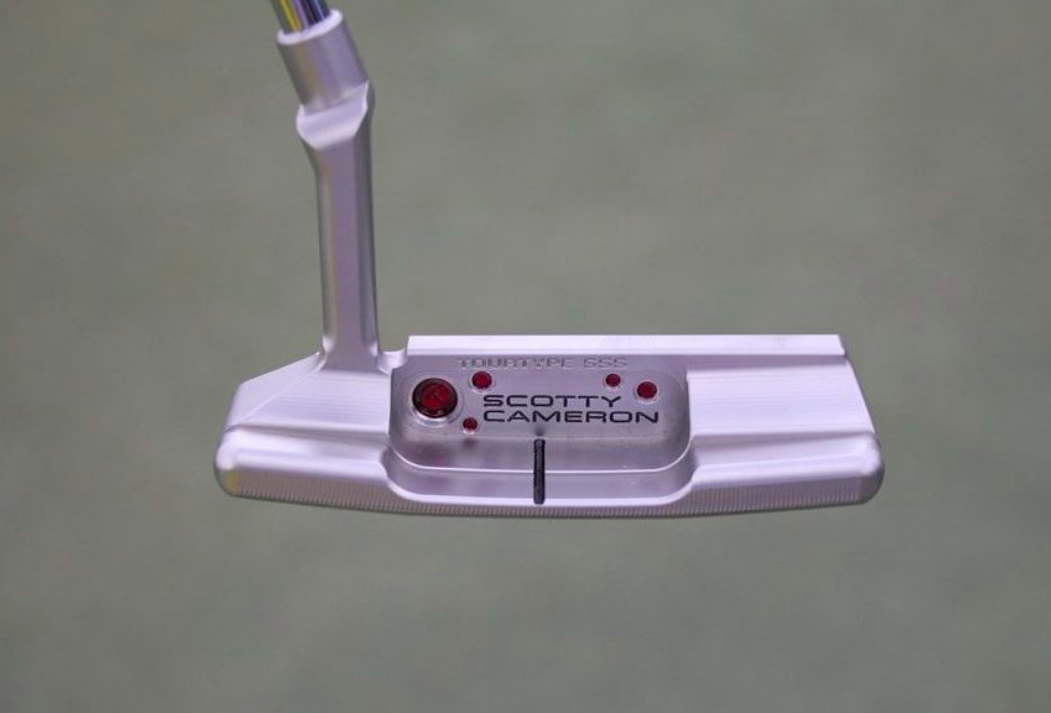
The traditional blade putter features a sweet spot positioned closer to the heel and designed to offer maximum feel to golfers on the greens
A blade putter contains a traditional head shape and is a favorite amongst golf ‘purists’. Blade putters are heavily toe-weighted with a sweet spot positioned closer toward the heel. This sweet spot position is because the shaft connects to the club head of the blade at the heel or sometimes center of the blade. This heavy toe-weighting and heel sweet spot means that blade putters will typically suit players who have an arc in their putting stroke.
Mallet Putter
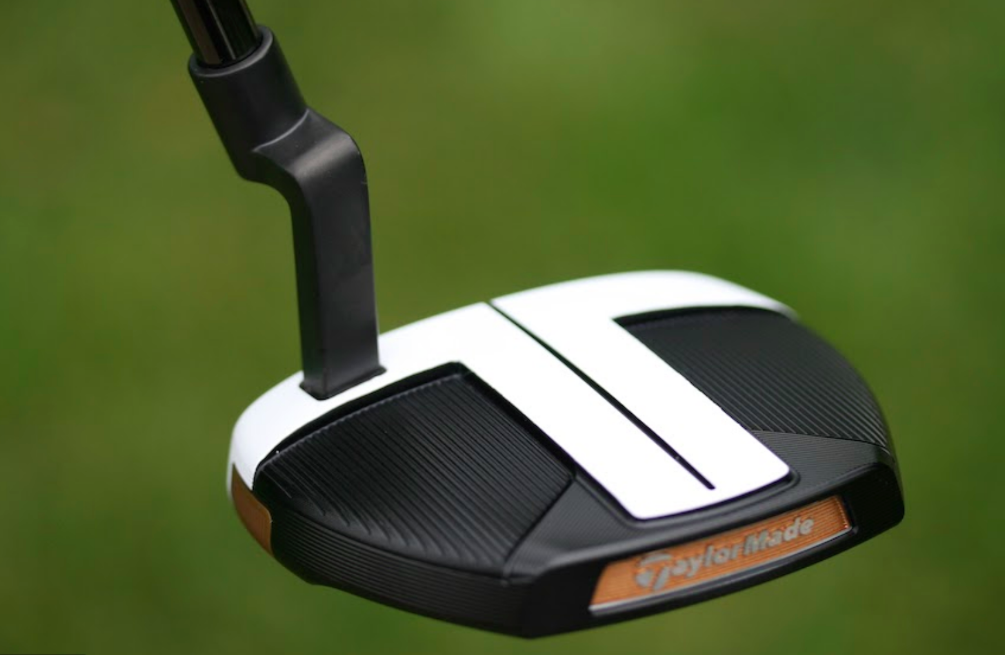
A mallet style putter gives players stability and balance in their stroke.
The more modern style mallet putter is a flat-stick with a larger head. The heads come in various shapes and sizes, and because of the size, a lot of the weight is often distributed away from the clubface so that players find plenty of stability and balance in their stroke.
The ‘game improvement’ style of the mallet putter means that the larger sweet spot will help players who struggle to strike the ball directly in the center of the face, and the added weight in the clubhead is designed to prevent the putter twisting during the stroke.
Mallet putters also offer additional aid when it comes to alignment, offering more prominent features than a blade such as longer or added lines and can also benefit golfers who struggle to hit putts hard enough due to its heavier weight.
Do pros prefer blade or mallet style putters?
With the 2020 season in the books, we can take a look at who were the top-10 performers in the Strokes Gained: Putting department for 2020 and see what style of putter they used:
- Denny McCarthy: Scotty Cameron Tour-Only Fastback – Mallet
- Matthew Fitzpatrick: Yes C-Groove Tracy II – Blade
- Andrew Putnam: Odyssey White Hot RX No. 5 – Mallet
- Kristoffer Ventura: Scotty Cameron Newport – Blade
- Kevin Na: Odyssey Toulon Madison – Blade
- Matt Kuchar: Bettinardi Kuchar Model 1 – Blade (Wide)
- Ian Poulter: Odyssey Stroke Lab Seven – Mallet
- Mackenzie Hughes: Ping Scottsdale TR Piper C – Mallet
- Maverick McNealy: Odyssey Toulon – Blade
- Bryson DeChambeau: SIK Tour prototype – Blade
Blade style 60% vs Mallet style 40%
Should I use a blade or mallet putter?
Typically, this choice comes down to feel and stroke. Your stroke, just like the stroke of a professional, is unique, and your stroke will determine which style of putter will help you perform best on the greens. Like any other club in your bag, fitting and testing is a key element that shouldn’t be overlooked.
That being said, there are two prominent strokes and identifying which category you fall into can help identify where you fall in the Blade vs Mallet putter debate..
Square-to-square stroke vs Arced stroke
Square-to-square stroke
A square-to square stroke is when the putter face is lined up square to the target, and the stroke is straight back and through. If you possess a natural square-to-square stroke, you may be more suited to a mallet putter. The reason for this is that a mallet putter is face-balanced with the center of gravity positioned toward the back of the club meaning the club is designed to stay square to the putter path all the way through the stroke.
Arced stroke
An arced stroke is when the putter face will open and close relative to the target, and the stroke travels on a slight curve. Should you possess an arced stroke, then a blade putter may be more suited for you because of the natural toe-weighting of the blade-style putter.
Other factors to consider
Feel players will also usually opt for a blade-style putter, due to the desire to feel the way the ball reacts off the putter face which allows them to have more control over their putting and to gain confidence.
Don’t put aside the issue of aesthetics when considering the issue too. The look of a putter can inspire confidence, and each individual will feel different when placing either a blade or mallet-style putter behind the ball at address, so choosing a style which makes you feel comfortable is an important aspect to consider.
Hopefully, you’ve now got more knowledge as to how you can find the right putter shape for you and your stroke. At the end of the day, the right putter for you, whether it’s a blade or mallet, will be the one which helps and inspires you to make more putts.
- LIKE445
- LEGIT62
- WOW26
- LOL22
- IDHT13
- FLOP18
- OB13
- SHANK55
Equipment
Why Rory McIlroy will likely use the new TaylorMade BRNR Mini Driver Copper at the RBC Heritage
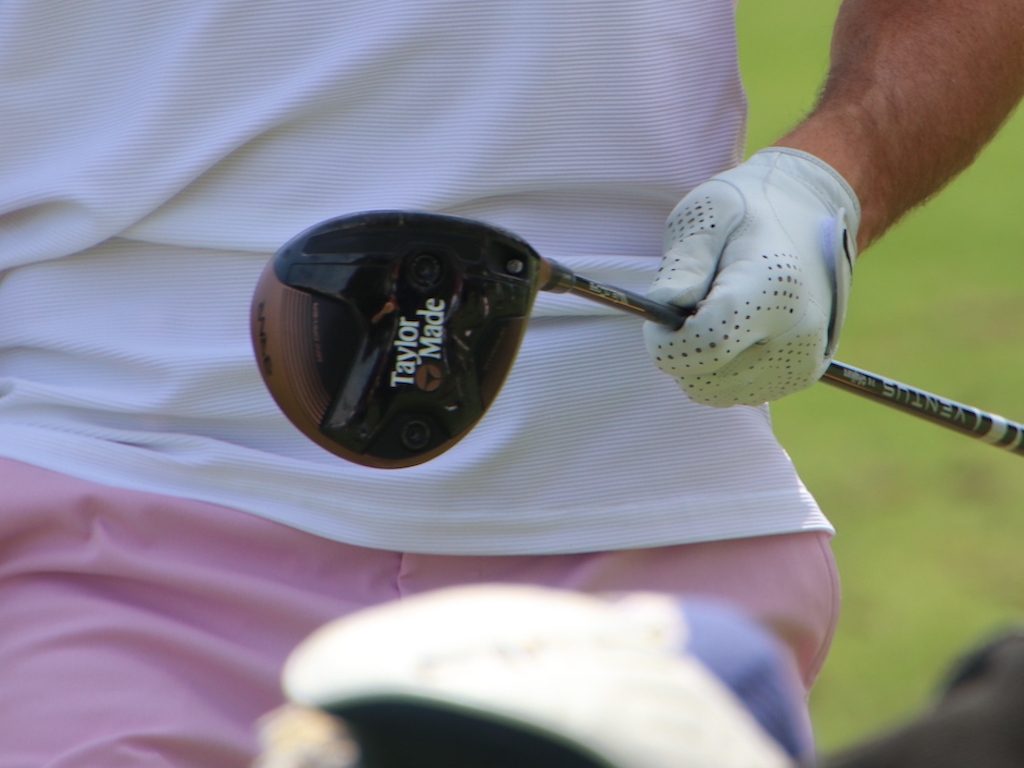
Although we spotted Rory McIlroy testing the new TaylorMade BRNR Mini Driver Copper last week during practice rounds at the Masters, he ultimately didn’t decide to use the club in competition.
It seems that will change this week at the 2024 RBC Heritage, played at the short-and-tight Harbour Town Golf Links in Hilton Head.
When asked on Wednesday following his morning Pro-Am if he’d be using the new, nostalgic BRNR Copper this week, McIlroy said, “I think so.”
“I like it,” McIlroy told GolfWRX.com on Tuesday regarding the BRNR. “This would be a good week for it.”
View this post on Instagram
According to Adrian Rietveld, the Senior Manager of Tour at TaylorMade, the BRNR Mini Driver can help McIlroy position himself properly off the tee at the tight layout.
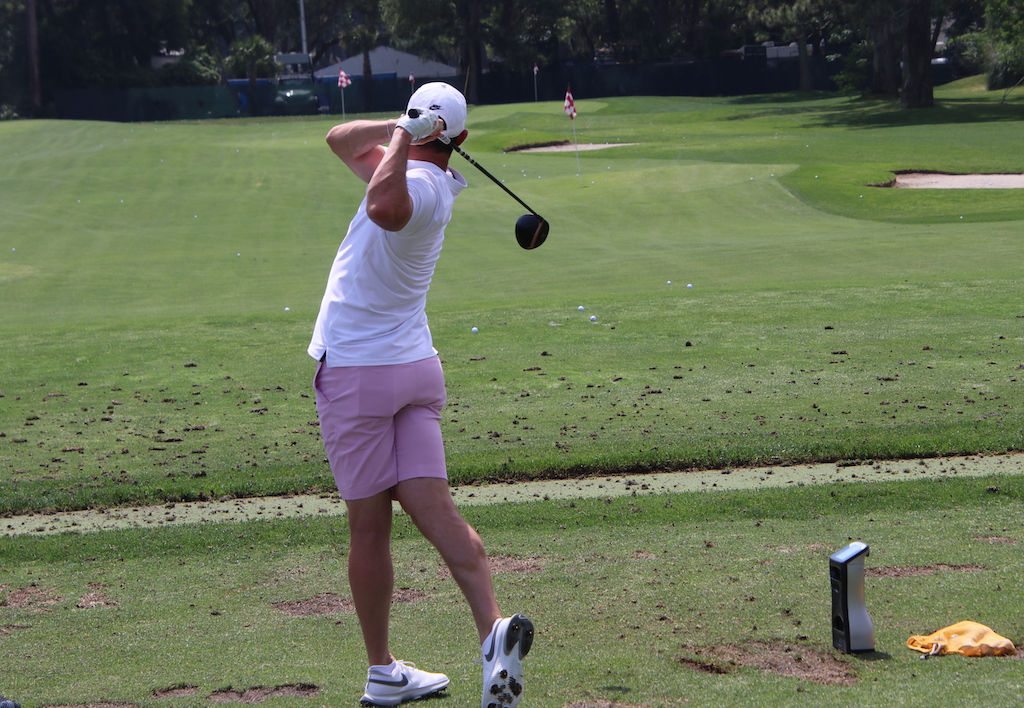
Here’s what Rietveld told GolfWRX.com on Wednesday:
“For someone like Rory, who’s that long at the top end of the bag, and then you put him on a course like Harbour Town, it’s tough off the tee. It’s tight into the greens, and you have to put yourself in position off the tee to have a shot into the green. It kind of reminds me of Valderrama in Spain, where you can be in the fairway and have no shot into the green.
“I’m caddying for Tommy [Fleetwood] this week, so I was walking the course last night and looking at a few things. There’s just such a small margin for error. You can be standing in the fairway at 300 yards and have a shot, but at 320 you don’t. So if you don’t hit a perfect shot, you could be stuck behind a tree. And then if you’re back at 280, it might be a really tough shot into the small greens.
“So for Rory [with the BRNR], it’s a nice course-specific golf club for him. He’s got both shots with it; he can move it right-to-left or left-to-right. And the main thing about this club has been the accuracy and the dispersion with it. I mean, it’s been amazing for Tommy.
“This was the first event Tommy used a BRNR last year, and I remember talking to him about it, and he said he couldn’t wait to play it at Augusta next year. And he just never took it out of the bag because he’s so comfortable with it, and hitting it off the deck.
“So you look at Rory, and you want to have the tools working to your advantage out here, and the driver could hand-cuff him a bit with all of the shots you’d have to manufacture.”
So, although McIlroy might not be making a permanent switch into the new TaylorMade BRNR Mini Driver Copper, he’s likely to switch into it this week.
His version is lofted at 13.5 degrees, and equipped with a Fujikura Ventus Black 7X shaft.
See more photos of Rory testing the BRNR Mini here
- LIKE0
- LEGIT0
- WOW0
- LOL0
- IDHT0
- FLOP0
- OB0
- SHANK0
Equipment
Spotted: TaylorMade P-UDI driving iron
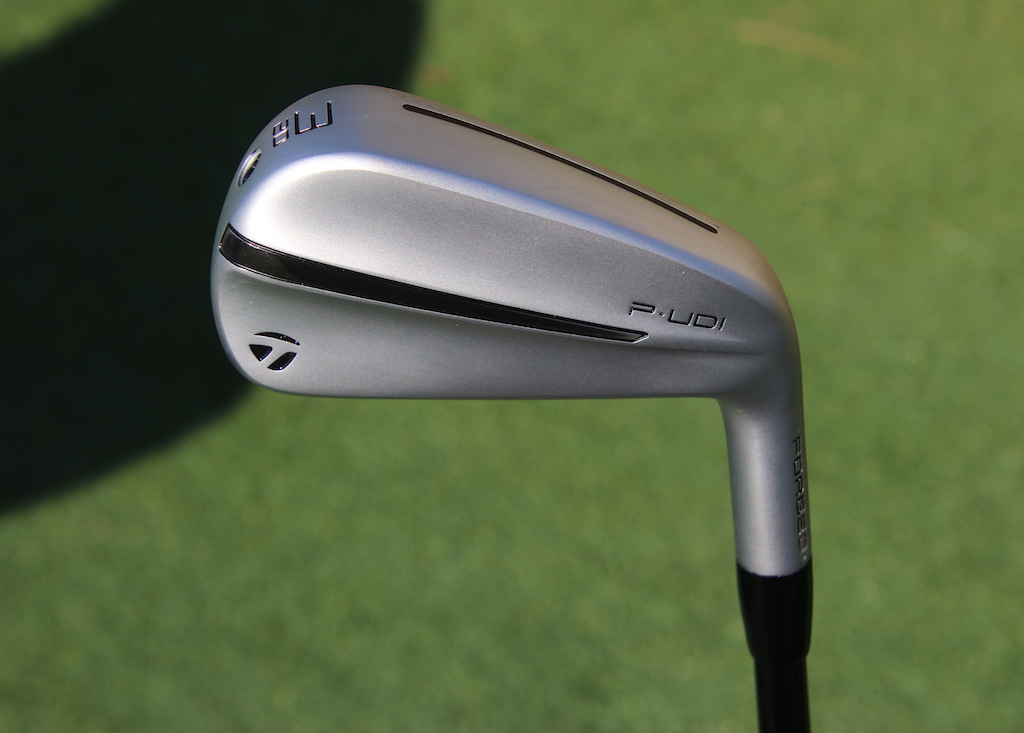
It seems like the RBC Heritage is full of new gear to be spotted, and you can add TaylorMade’s P-UDI utility irons to that list.
We spotted a 17-degree P-UDI 2-iron in Nick Dunlap’s bag yesterday, and now have some photos of both the 3- and 4-irons. Nick has his P-UDI 2-iron setup with a Project X HZRDUS Black 4th Gen 105g TX shaft.
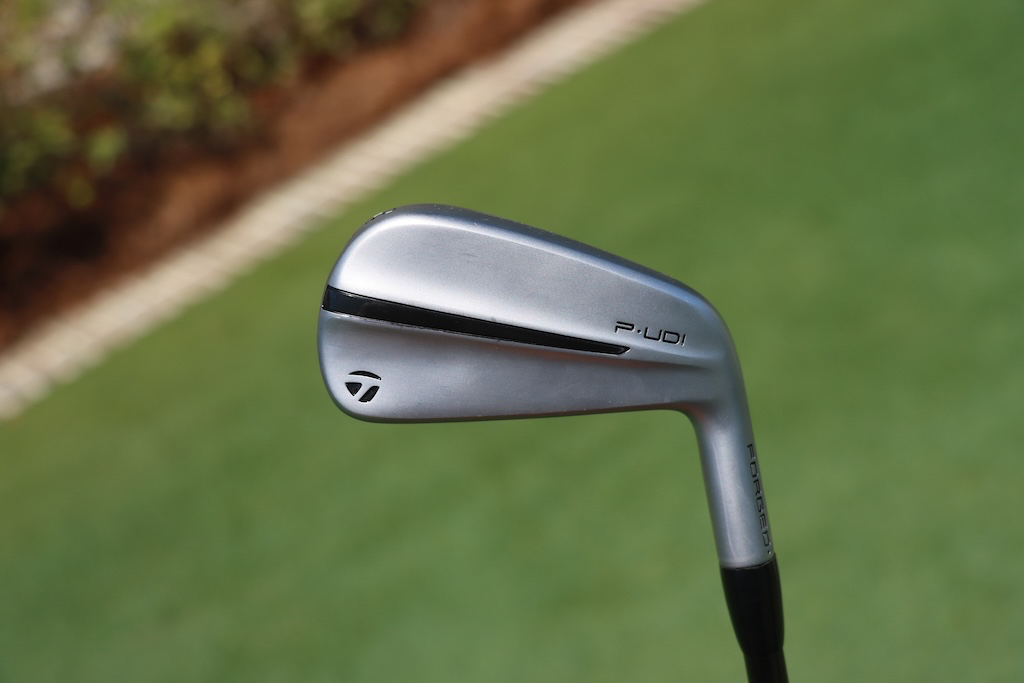
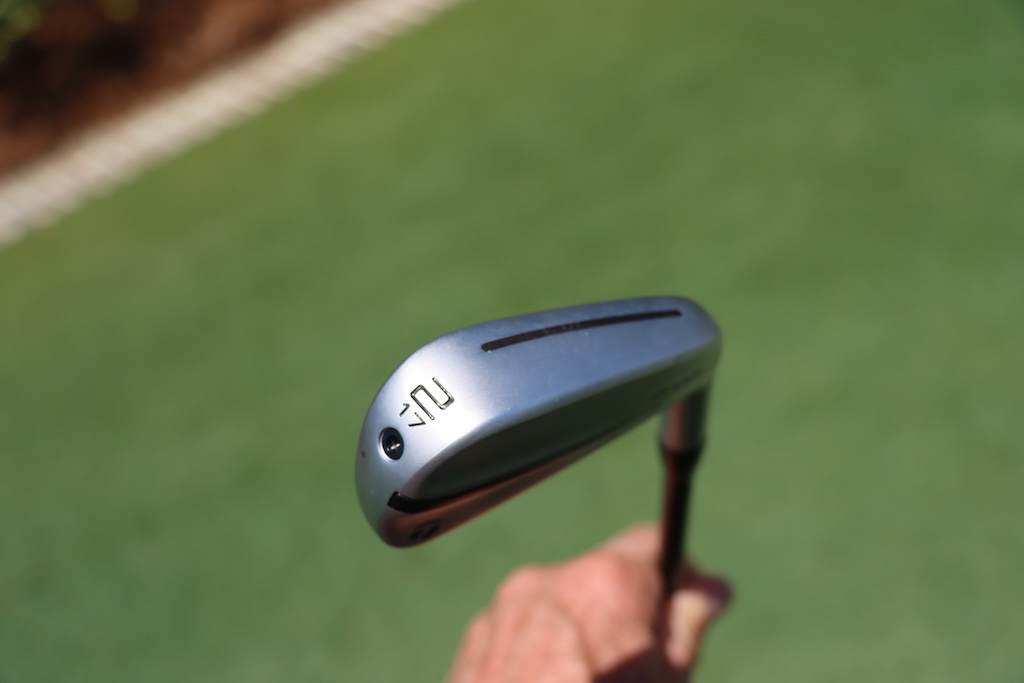
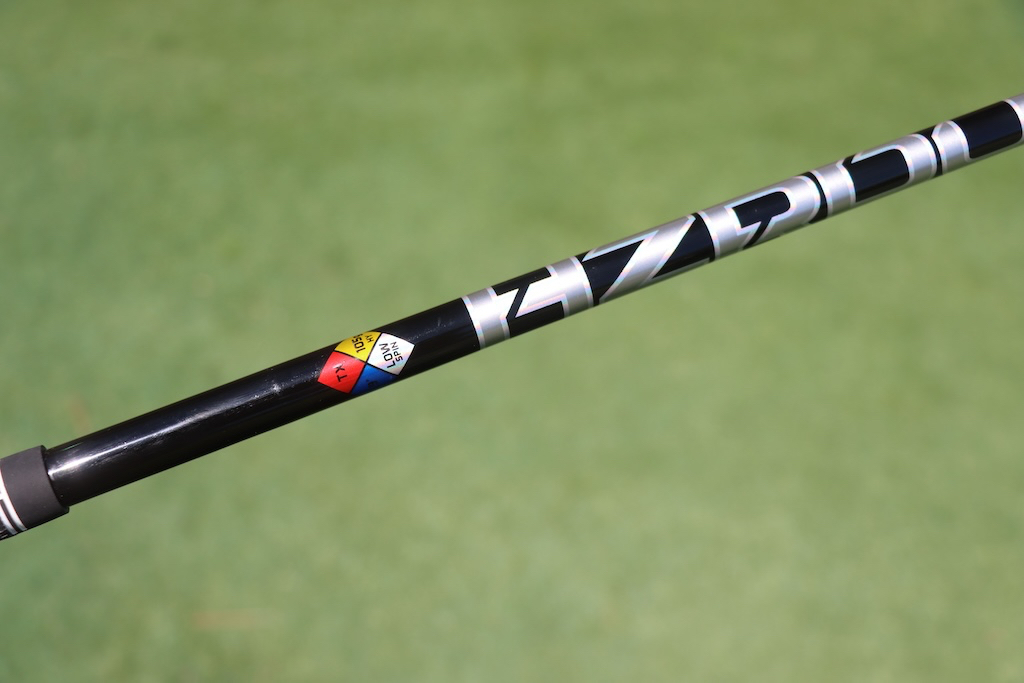
From what we can tell, this new P-UDI utility iron looks to have some of the usual TaylorMade technology as we can see the Speed Slot on the sole of the club for additional face flexibility. A toe screw is usually used to close off the hollow body design that will probably be filled with a version of TaylorMade’s Speed Foam that is present in the current iron lineup. This hollow body, foam-filled design should offer additional ball speed, soft feel, and sound, as well as an optimized CG for ball flight.
“Forged” is etched into the hosel, so we can assume that either the face, body, or both are forged for a soft and responsive feel. The club looks good from behind and at address, where we can see just a little offset and a topline that I would consider medium thickness. We don’t have the full details on what is under the hood or how many loft options will be available yet.
TaylorMade P-UDI 3-iron – 20°
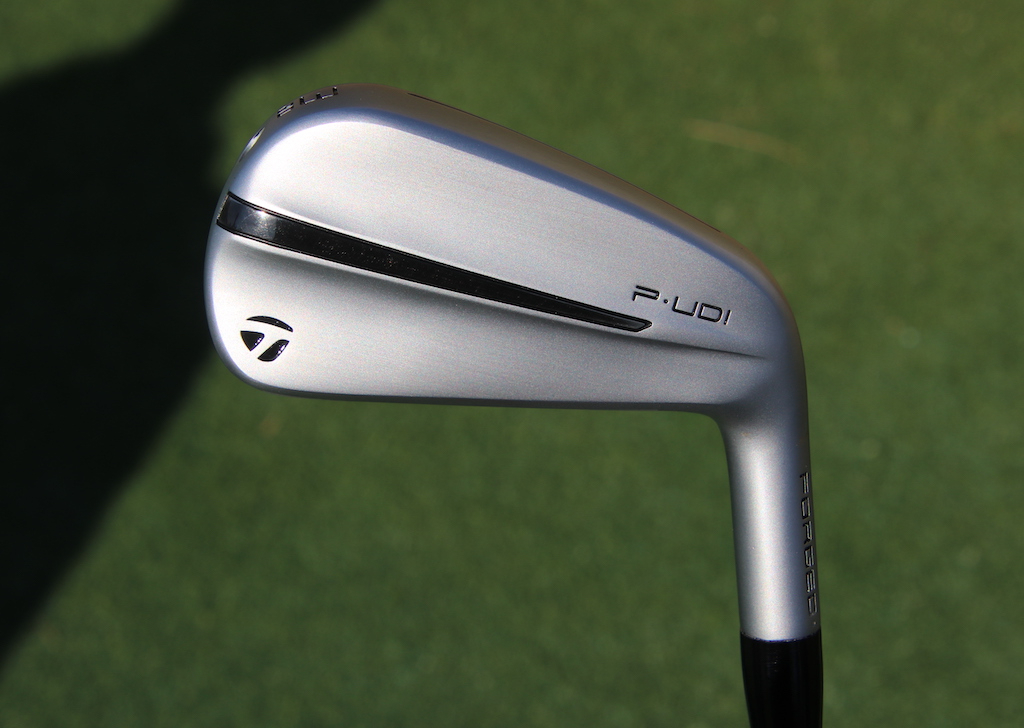
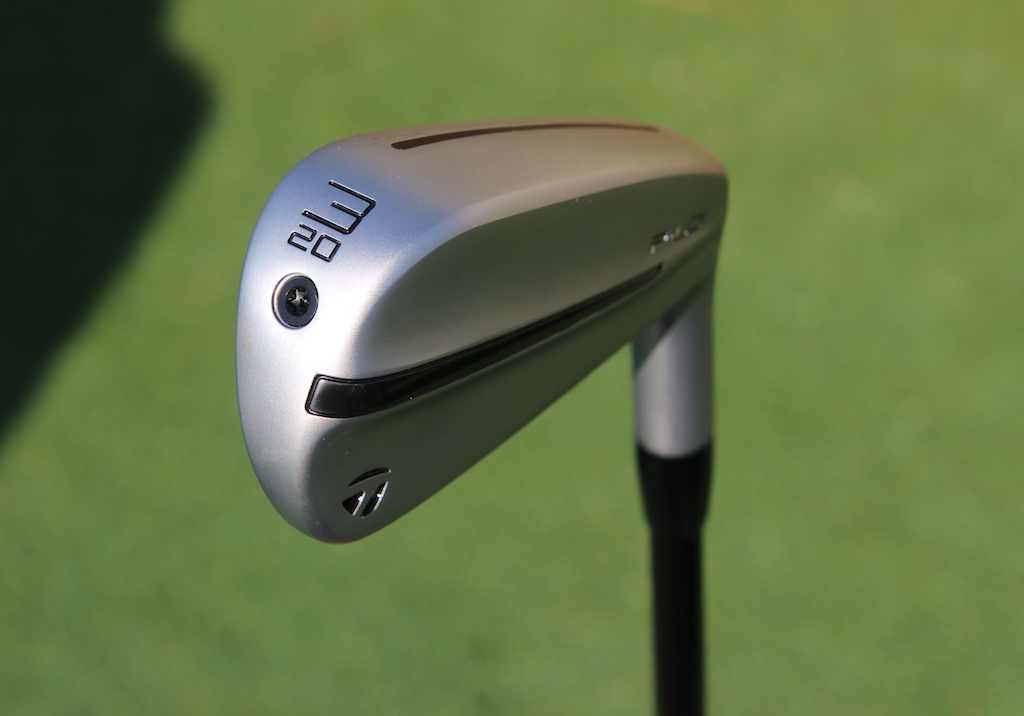
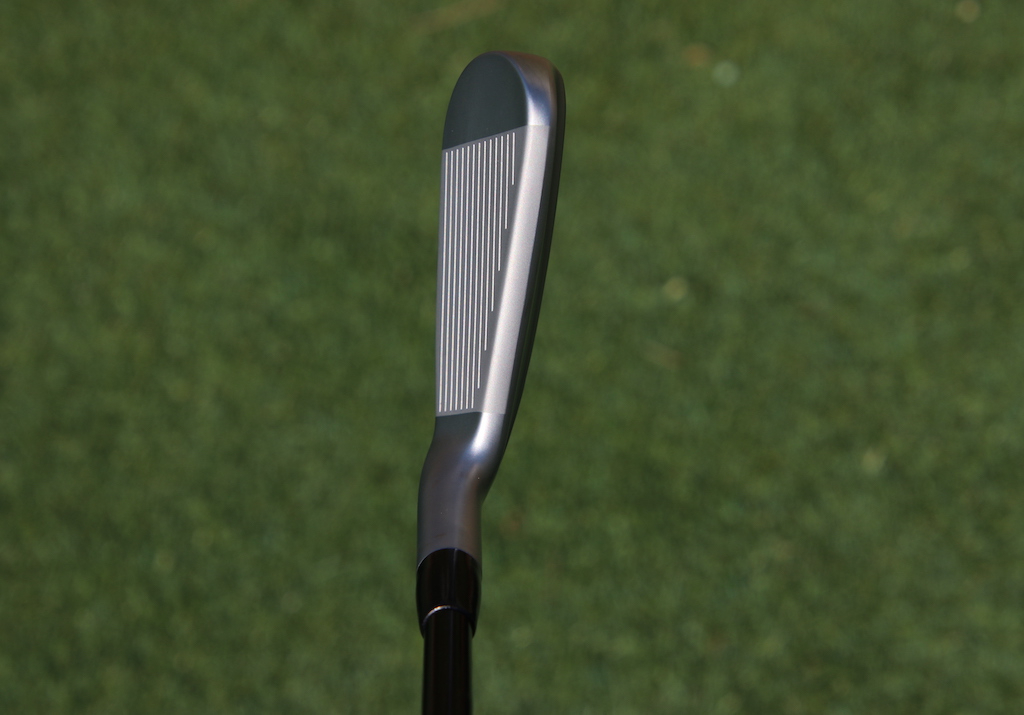
TaylorMade P-UDI 4-iron – 22°
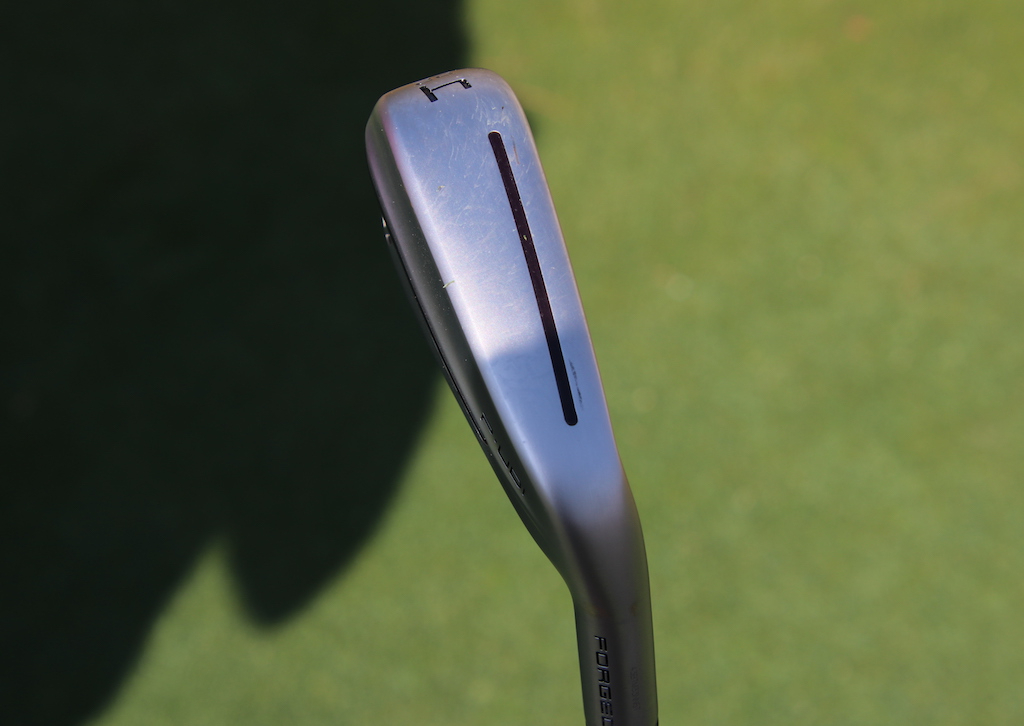
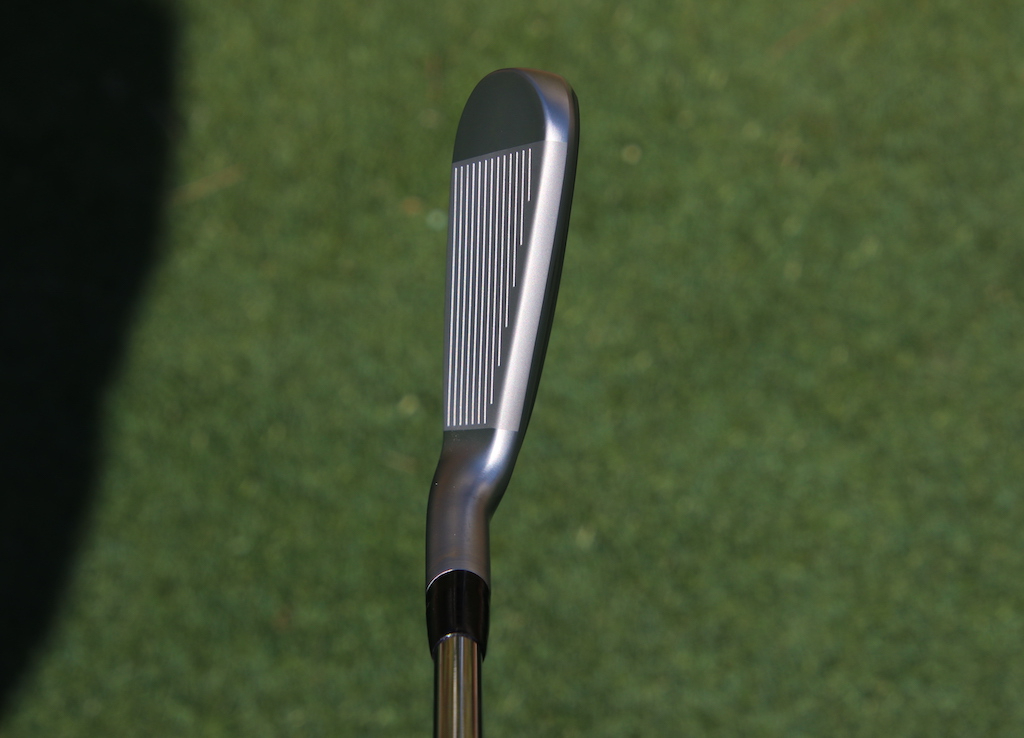
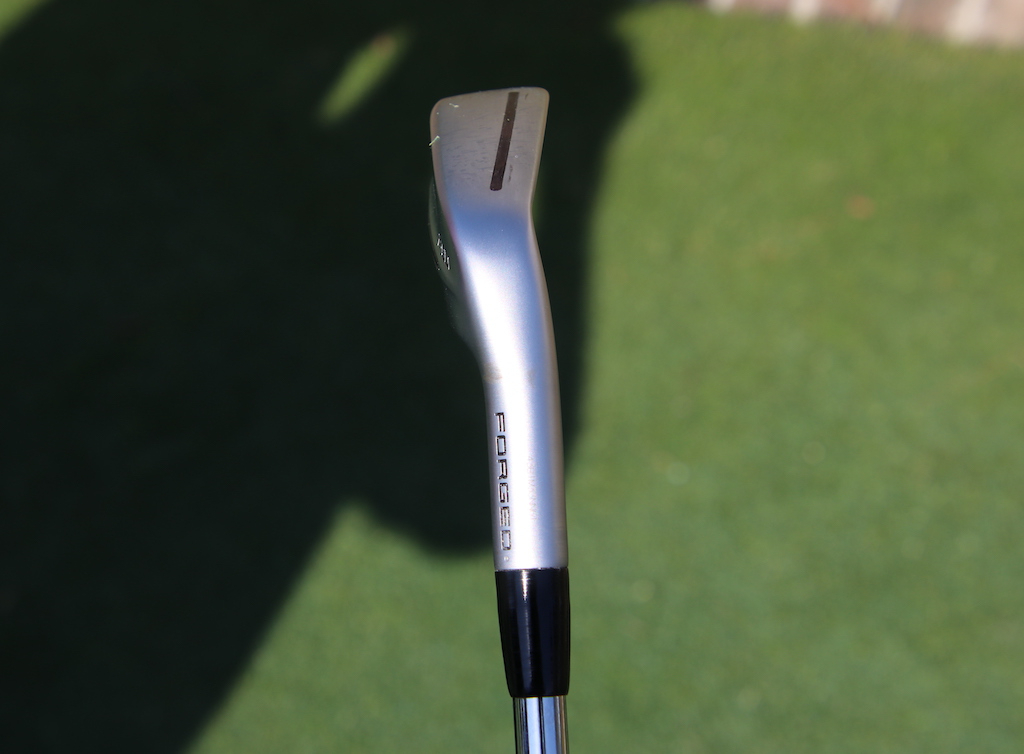
- Check out the rest of our photos from the 2024 RBC Heritage
- LIKE2
- LEGIT0
- WOW0
- LOL0
- IDHT0
- FLOP0
- OB0
- SHANK0
Whats in the Bag
Collin Morikawa WITB 2024 (April)
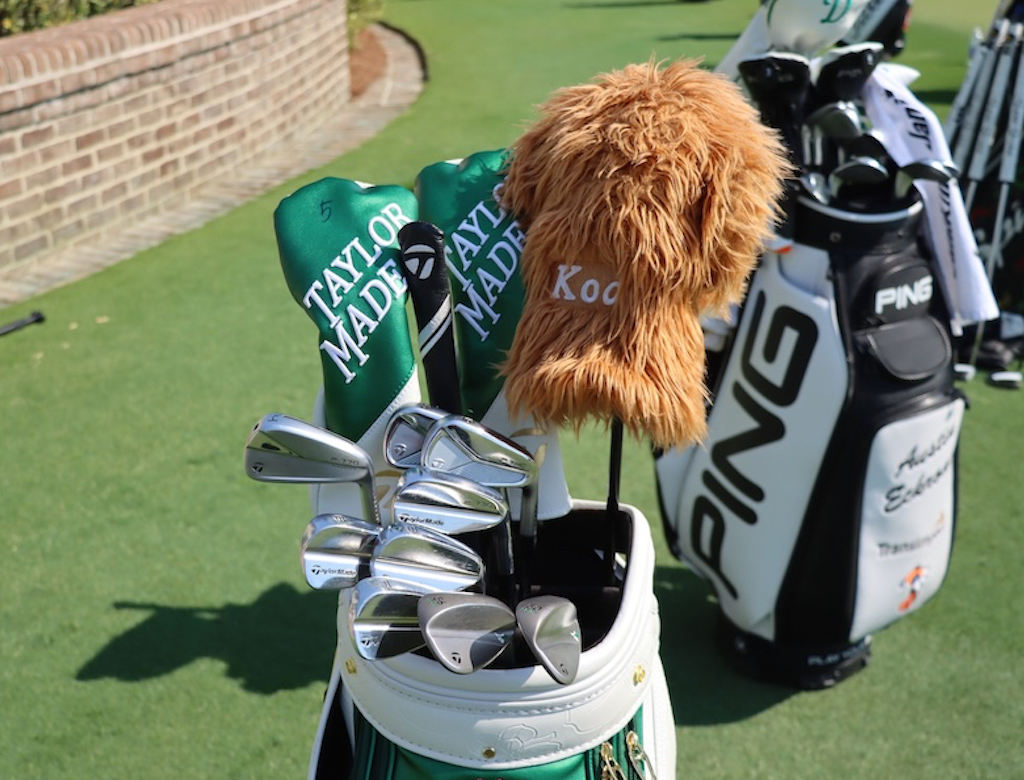
- Collin Morikawa what’s in the bag accurate as of the RBC Heritage. More photos from the event here.
Driver: TaylorMade Qi10 LS (9 degrees)
Shaft: Mitsubishi Diamana D+ Limited 60 TX (45 inches)
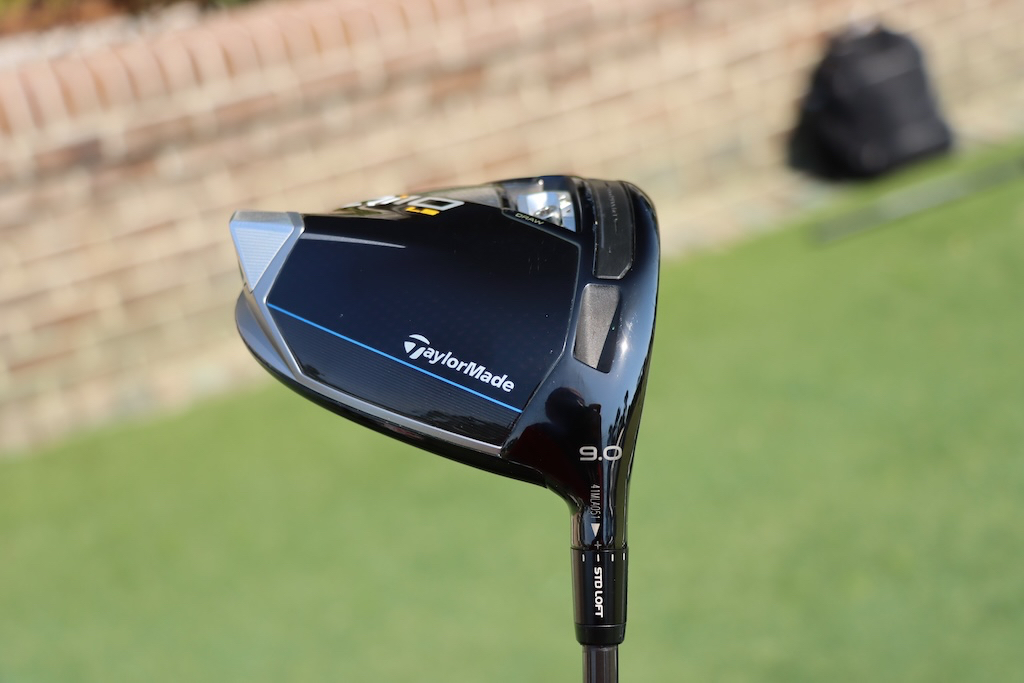
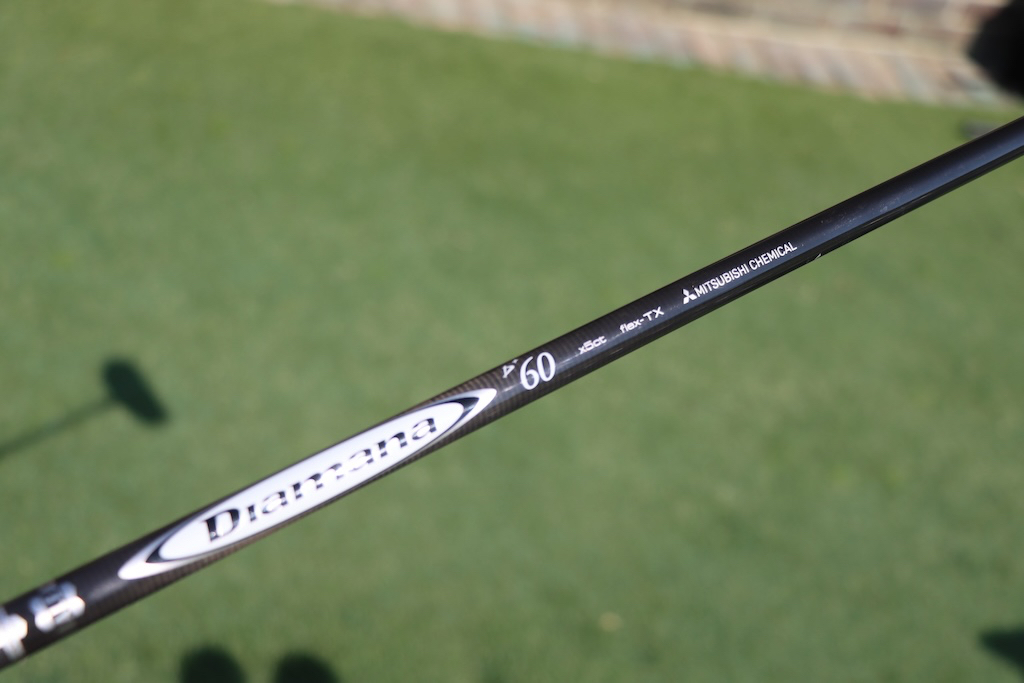
3-wood: TaylorMade Qi10 (13.5 degrees)
Shaft: Mitsubishi Diamana D+ Limited 80 TX
5-wood: TaylorMade Qi10 (18 degrees)
Shaft: Mitsubishi Diamana D+ Limited 80 TX
Irons: TaylorMade P770 (4), P7MC (5-6), P730 (7-PW)
Shafts: True Temper Dynamic Gold Tour Issue Mid 115 X100 (4-6), True Temper Dynamic Gold Tour Issue X100 (7-PW)
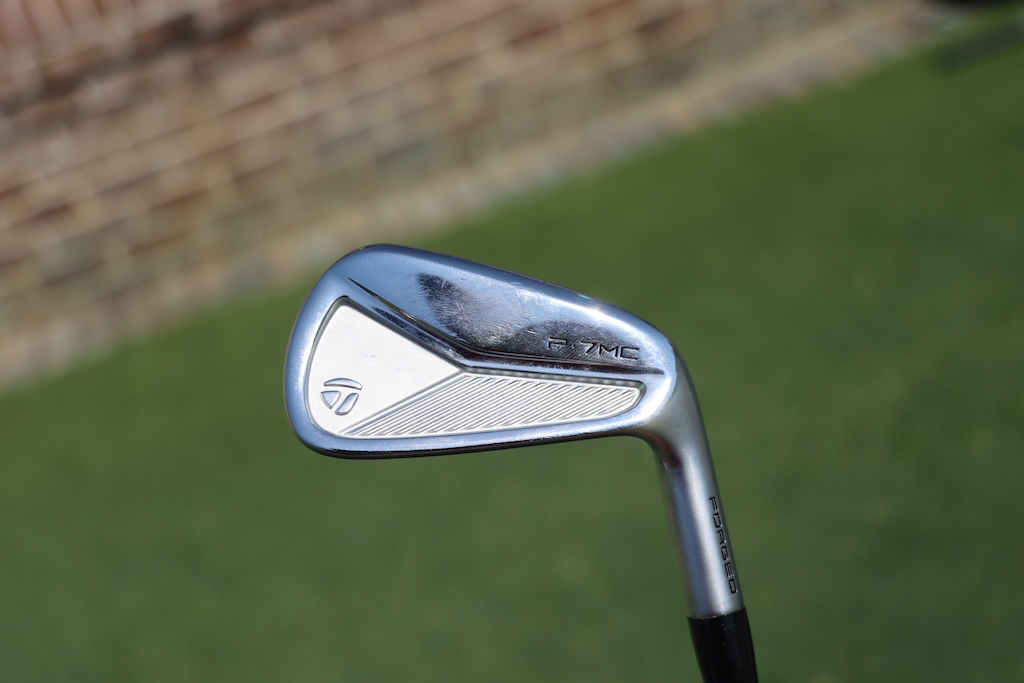
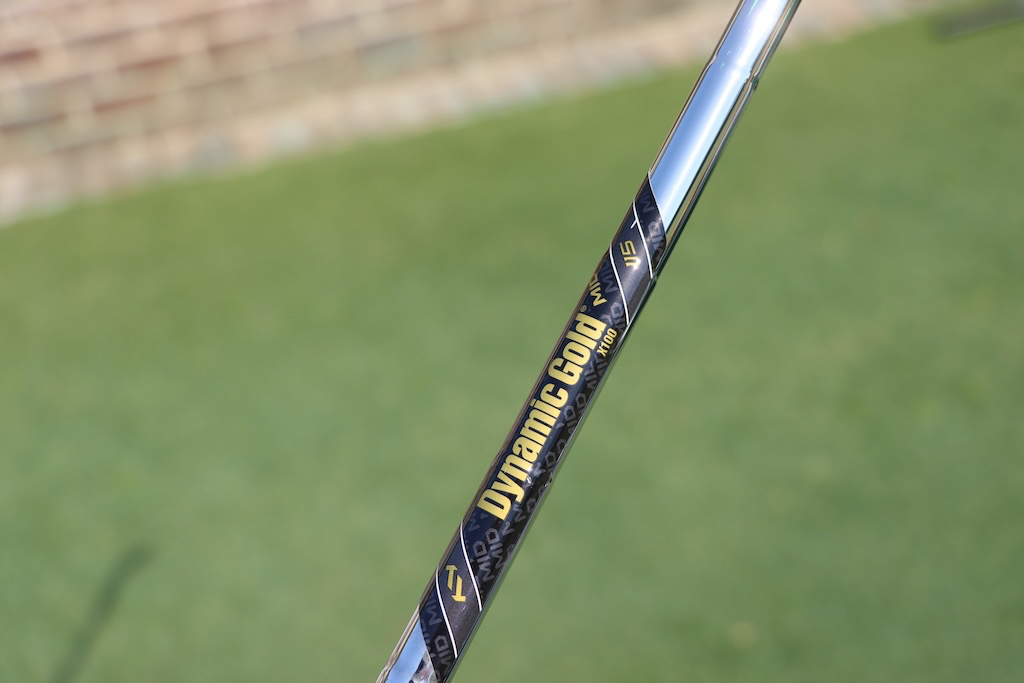
Wedges: TaylorMade MG4 (50-SB09, 56-LB08), TaylorMade MG4 TW (60-TW11)
Shafts: True Temper Dynamic Gold Tour Issue S400
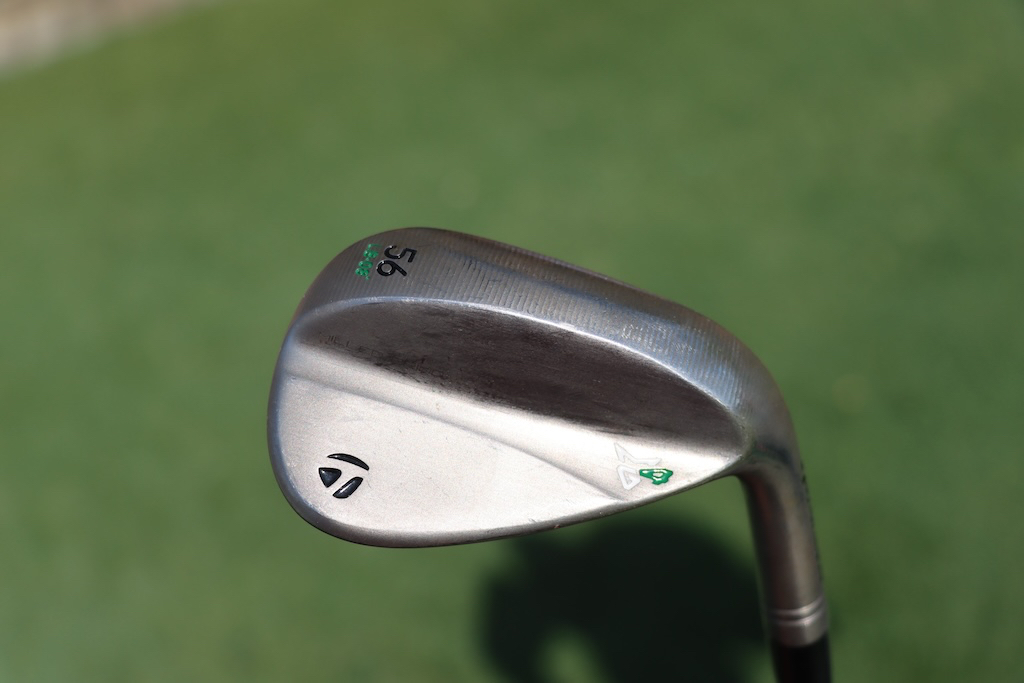
Putter: TaylorMade TP Soto
Grip: SuperStroke Zenergy Tour 2.0
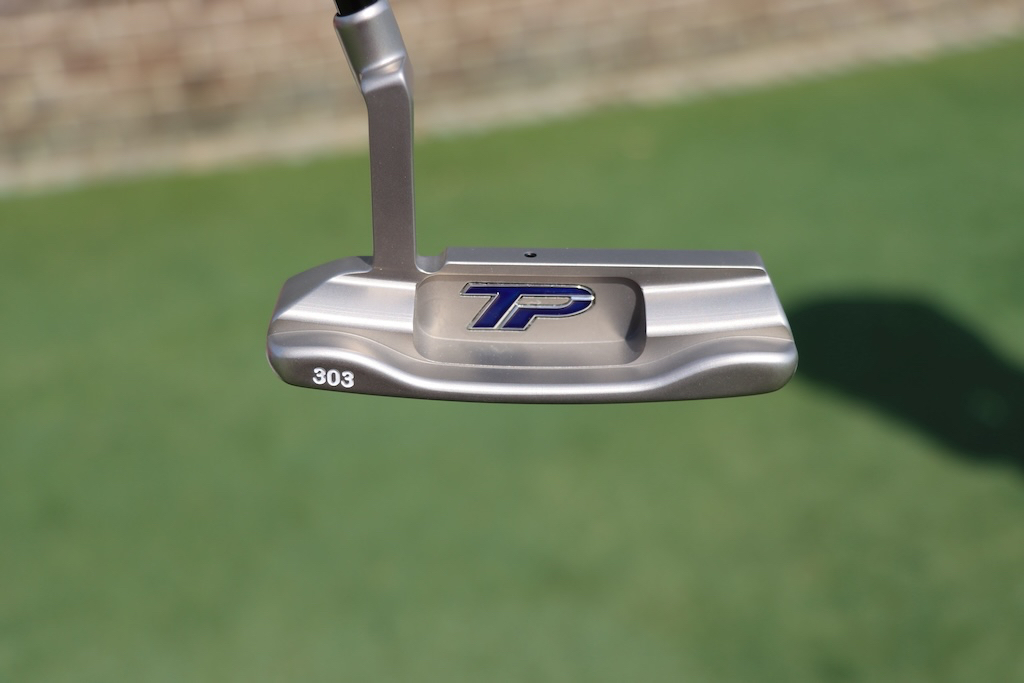
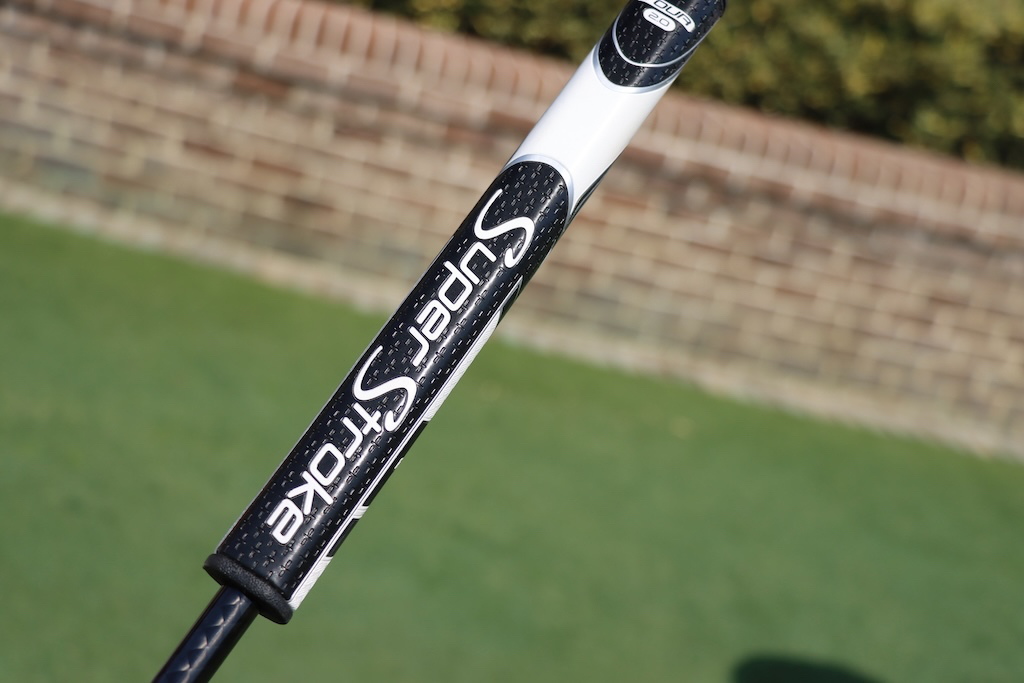
Grips: Golf Pride Z-Grip Cord
Ball: TaylorMade TP5x
- LIKE0
- LEGIT0
- WOW0
- LOL0
- IDHT0
- FLOP0
- OB0
- SHANK0
-

 19th Hole1 week ago
19th Hole1 week agoDave Portnoy places monstrous outright bet for the 2024 Masters
-

 19th Hole2 weeks ago
19th Hole2 weeks agoThings got heated at the Houston Open between Tony Finau and Alejandro Tosti. Here’s why
-

 19th Hole1 week ago
19th Hole1 week agoTiger Woods arrives at 2024 Masters equipped with a putter that may surprise you
-

 19th Hole2 weeks ago
19th Hole2 weeks agoReport: Tiger Woods has ‘eliminated sex’ in preparation for the 2024 Masters
-

 19th Hole3 days ago
19th Hole3 days agoTwo star names reportedly blanked Jon Rahm all week at the Masters
-

 19th Hole2 days ago
19th Hole2 days agoNeal Shipley presser ends in awkward fashion after reporter claims Tiger handed him note on 8th fairway
-

 19th Hole2 weeks ago
19th Hole2 weeks agoAddiction, spinal fusion, and scam artists – Everything Anthony Kim revealed in candid interview with David Feherty
-

 19th Hole2 weeks ago
19th Hole2 weeks agoAnthony Kim says doctors told him that he ‘may not have much time left’ ahead of LIV return

















WTH
Dec 13, 2020 at 12:35 am
You should start with which putter blade vs mallet and which neck configuration gets you best aligned to target at address.
Pulleyjk
Dec 7, 2020 at 5:25 pm
Ok fine. Now how do I determine if my stroke is straight or an arc? By the way I look at the hole during the stroke. Thanks for any help, I need it!
Ron Whitmore
Dec 7, 2020 at 5:19 pm
There are also toe-drop mallet putters on the market offering the best of both worlds for golfers.
Bob Pegram
Dec 8, 2020 at 2:01 am
And there are face balanced blade putters available as well. The MAJORITY of blades are not face-balanced and a rough estimate of 2/3 of mallet putters are face balanced. This article is too simplistic. The author should have explained how to test a putter to see if it is face balanced. It is easy. Just hold the putter in a horizontal position. find the balance point on the shaft where the putter stay on your finger. Then turn the face so it points skyward. If it will stay in that position without the toe turning downward it is face-balanced. Otherwise it is a toe-down putter – some at 45 degree or another angle, some straight down – 90 degrees.
ChipNRun
Dec 12, 2020 at 12:13 am
From what I have seen, it is easier to find face-balanced putters in mallets. I play the Ping Sigma G Tyne, a face-balanced one.
I had been trying to go SBST with a blade putter – an older Slotline Inertial – but it wasn’t faced balanced and I sometimes missed to right.
One thing on SBST, you have to let your right (trail) shoulder pendulum-release underneath for SBST to work. Any horizontal rotation and it doesn’t work.
A hard-to-find face-balanced mallet is one that’s center shafted. I tried one that a playing partner was using, and one in a golf shop. Interesting feel.
Tom Newsted
Dec 7, 2020 at 7:23 am
I think another part of this is the type of greens you play on. If you play a faster drier green the blade may be a better option but like Mr. Garcia said getting fitted and finding the putter that fits your game and not the putter you see on TV is critical.
Michael L Garcia
Dec 5, 2020 at 5:43 pm
Well I’m old enough to remember when today’s so called “blade” putters were considered anything BUT a blade. The Ping Anser was the furthest thing away from a blade putter one could imagine. Back in those days the Ping putters were known as Heel/Toe designs. Hardly a blade. A blade putter is what Phil plays. Heel shafted flange. 8802 style. No cavity, no heel weighting, no toe weighting. Just hilarious to me how sometimes the golf world can change things up. Rant over, thank you.